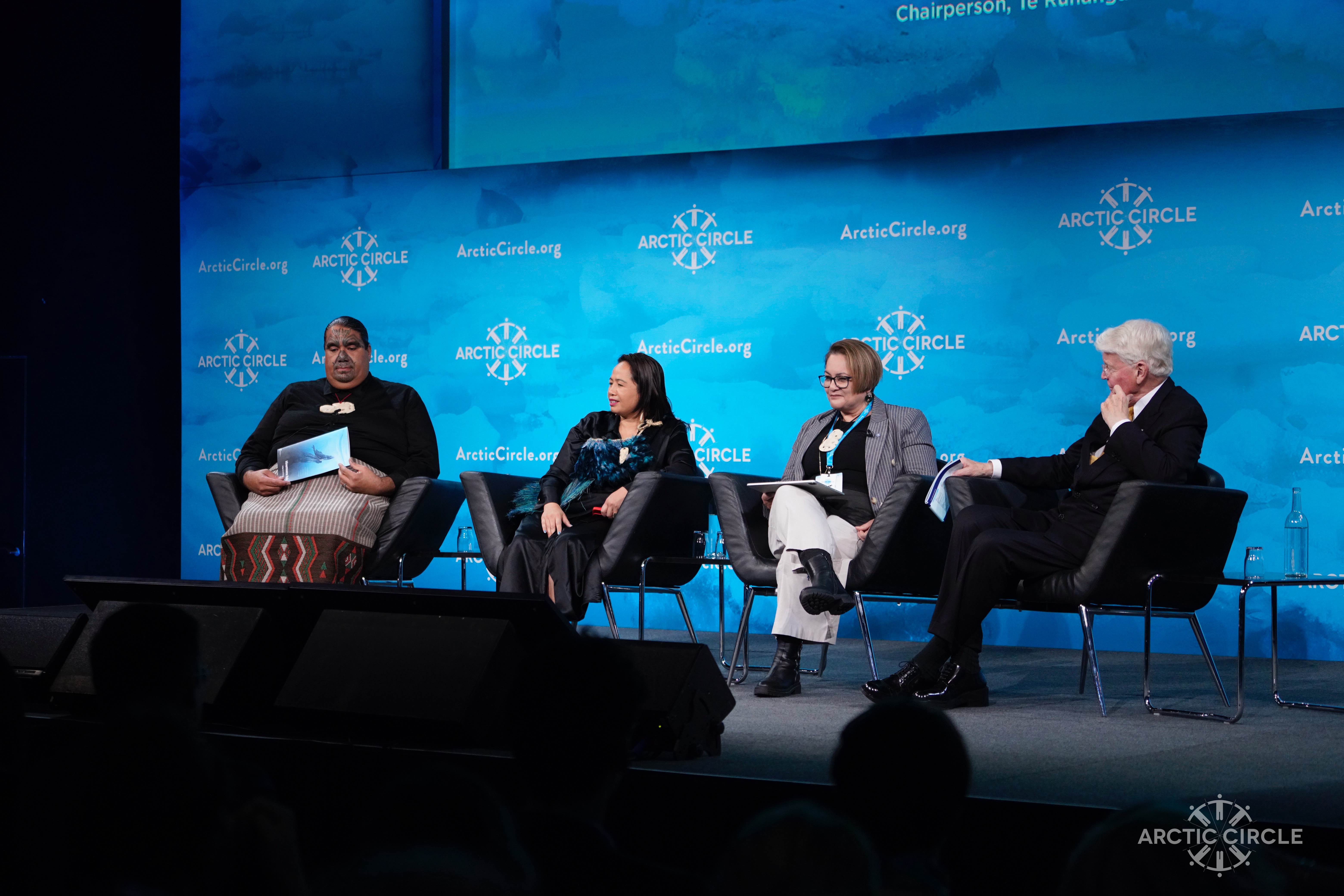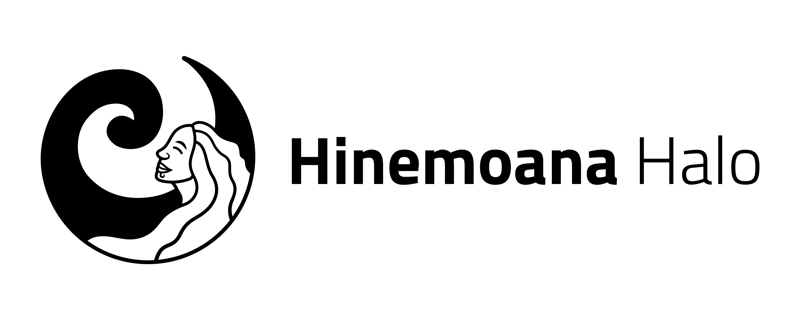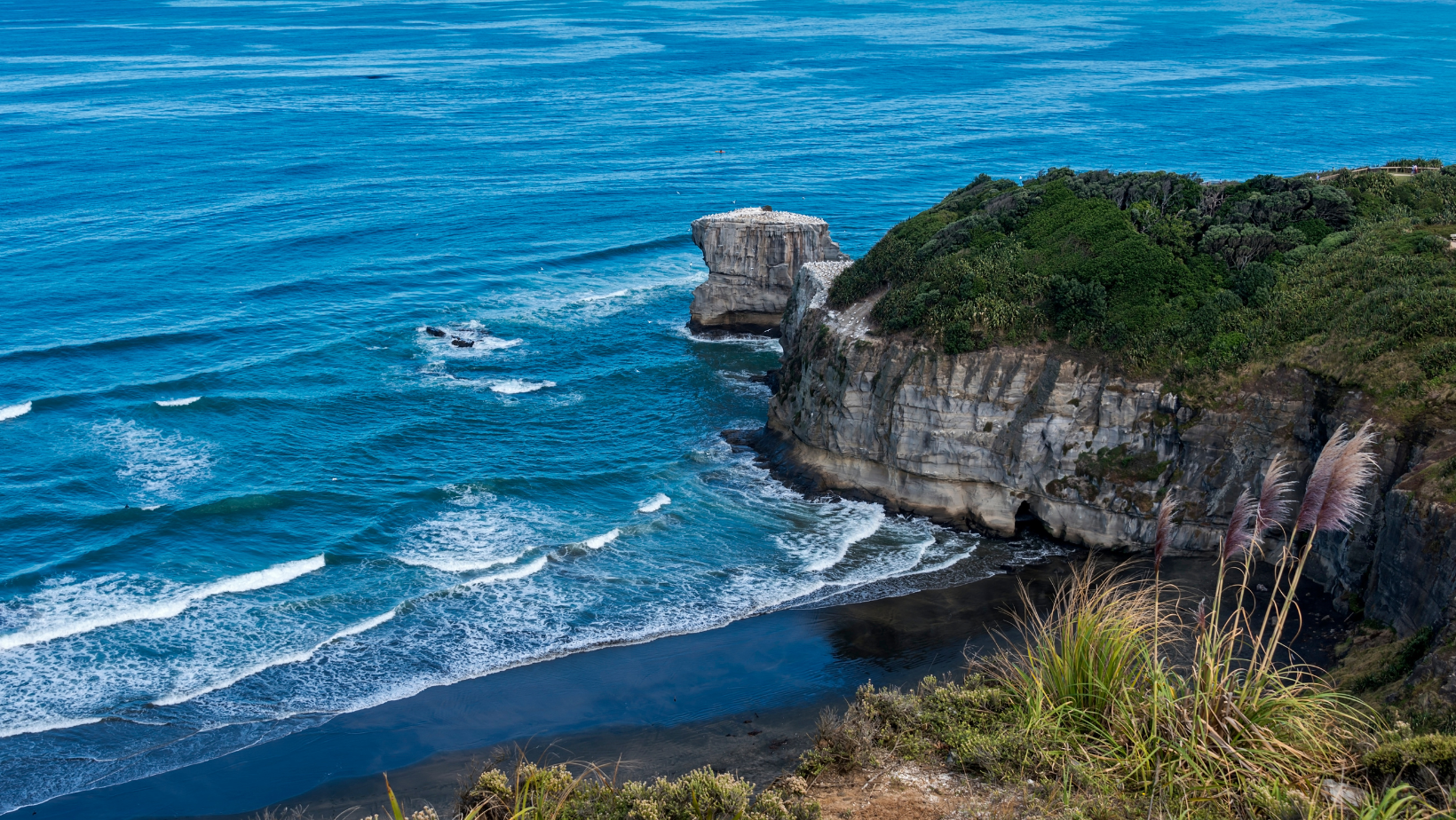Tuia ki runga, tuia ki raro
Tuia ki roto, tuia ki waho
Tuia te here tangata
Tūturu o whiti Whakamaua kia tina
Tina! Haumi e, hui e Taiki e!
Stitch the celestial energies,
to the terrestrial energies within,
and without bind the kinship strands of humanity permanent,
consistent are the fibers of light,
Draw these matters to a single point and give them substance,
The wisdom is bound, it collects,
It is held!
Aotearoa New Zealand, evolved in isolation, the last landmass to be inhabited by humans. For millions of years our lands and waters have been home to an estimated 80,000 species found nowhere else on the planet, testament to our status as a global biodiversity hotspot.
We may be at the edge of the world, but we too are fighting to mitigate widespread ecological collapse. Almost two thirds of Aotearoa’s rare ecosystems and thousands of species are either threatened or at risk of extinction. Human-induced climate variation is the latest warning sign that nature is no longer able to absorb the impacts of industrial activities. Our moana (oceans) are in crisis and so are our coastal Māori and Pacific communities who are critical guardians of ocean biodiversity.
Climate change is no longer on our doorstep, it is in our homes. Our actions today will decide whether we can defend our territories, our cultural heritage, and our future generations from the coming changes. As global temperatures continue to rise beyond 1.5C, we need to transition now, Ināia tonu nei, to a low carbon and circular global economy. Like our great ancestor, Maui, we must be innovators and problem solvers. And it is with this in mind that we must return to the moana to find solutions.
Arctic Circle Chair H.E. Ólafur Ragnar Grímsson was one of the first statesmen to recognize the similarities between communities living at the extremities of the world, that climate change connects us all: “The global climate challenge, cooperation, and working alliances between Arctic communities and leaders from Pacific Island states make a lot of sense because we are the only nations in the world where the effects of climate change can be seen happening so clearly. Our countries almost have a moral duty to bring this evidence to the global community.” From 2017 to 2019, Chairman Grímsson did just this, co-hosting with Conservation International a series of learning exchanges between Iceland and the Pacific Islands region. Sharing our stories on the Arctic Circle Assembly’s stage over these three years opened many eyes to the sense of togetherness between peoples who have been the custodians of the land, oceans, forests and fishing ground, often for millennia.
The peoples of the Arctic and the Pacific share a common journey, an affinity with our oceans and a history as the world’s greatest voyagers. Let us now seek to forge a shared future. That future will once again allow us to continue our kaitiakitanga (guardianship) over nature, stabilise our communities on their lands, respect all living creatures and utilise traditional knowledge passed down through generations.






